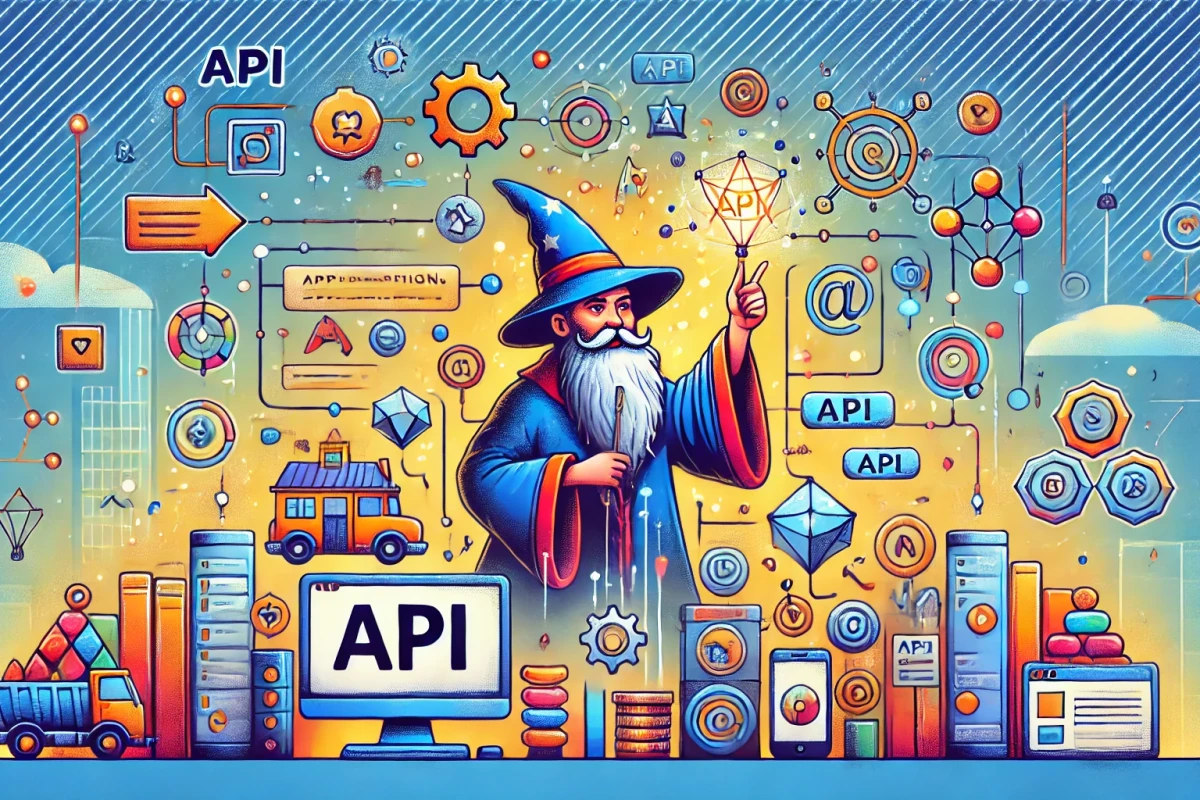
API: The Magic Wand of Automation, or How to Teach Your Business to "Talk" to Other Systems
Hello, dear startup colleagues, experienced entrepreneurs, and, of course, IT enthusiasts! If you are reading this, you have probably heard the mysterious term "API" more than once. Don't be scared—it's not a spell from Harry Potter, but something akin to a magic wand that helps your business automatically interact with other services. Ready to dive into the world of software interface magic? Let's go!
What is an API?
Let's start with the basics. An API (Application Programming Interface) is an interface that allows different programs to "communicate" with each other. Imagine you have a restaurant and you order products through a middleman who understands both your language and that of the suppliers. Well, an API is that same middleman between your website, mobile app, or any other system and external services like payment gateways, product management systems, logistics companies, social networks, and more.
Why do you need an API?
Imagine you have an online store. You wouldn’t want to manually update every product or order, right? An API allows you to do this automatically. Your store "talks" to suppliers, synchronizes stock levels, sends notifications about order shipments—all without your involvement.
Moreover, if your business has a mobile app, the API will help connect it with your website so users can sync their data across different devices. And this is just the tip of the iceberg!
How does an API work?
Let’s explain it in simple terms. Imagine an API is like a menu in a restaurant. You choose a dish (function) you want to receive (for example, information about a product) and order it from the chef (server). The API passes your request to the kitchen, and voilà—you receive your dish in the form of a response: “This product is in stock.”
Let’s Break Down an API in Practice
Imagine you want to add payment options to your website through popular payment systems like Stripe or PayPal. But how do you make it so that when a user clicks the "Pay" button, the magic happens by itself?
This is where the API comes in. The payment system provides you with an API, and you integrate it into your website. When a user clicks the button, their data is sent through the API to the payment system, which then sends back a confirmation: "All good, payment received." Easy and straightforward!
Today, the world of APIs is evolving at a rapid pace. Among the popular trends is API Gateway. Imagine you have an entire zoo of microservices: one is responsible for users, another for payments, and a third for analytics. The API Gateway is like a manager who organizes all this interaction and ensures that none of the services gets off course.
Do You Need an API?
Oh yes, not just needed—it's a critical element for successful automation and scaling of your business. Without an API, your business would be like an old car without power steering: you can move, but it's hard, slow, and constantly at risk of overheating. With an API, you can integrate with various services, automate tasks, and take your business to the next level.
Conclusion: How an API Helps You Become a Wizard
So, in summary: an API is not just a trendy word in the IT world; it's a real magical tool that will help you automate, synchronize, and make your business more flexible and efficient. And we, a team of professionals, are always ready to help you integrate any API, configure it to work like a Swiss watch, and make your business "speak" with other systems as if they were born to work together. So, are you ready for the magic? Stock up on your magic wands... I mean, API documentation!

